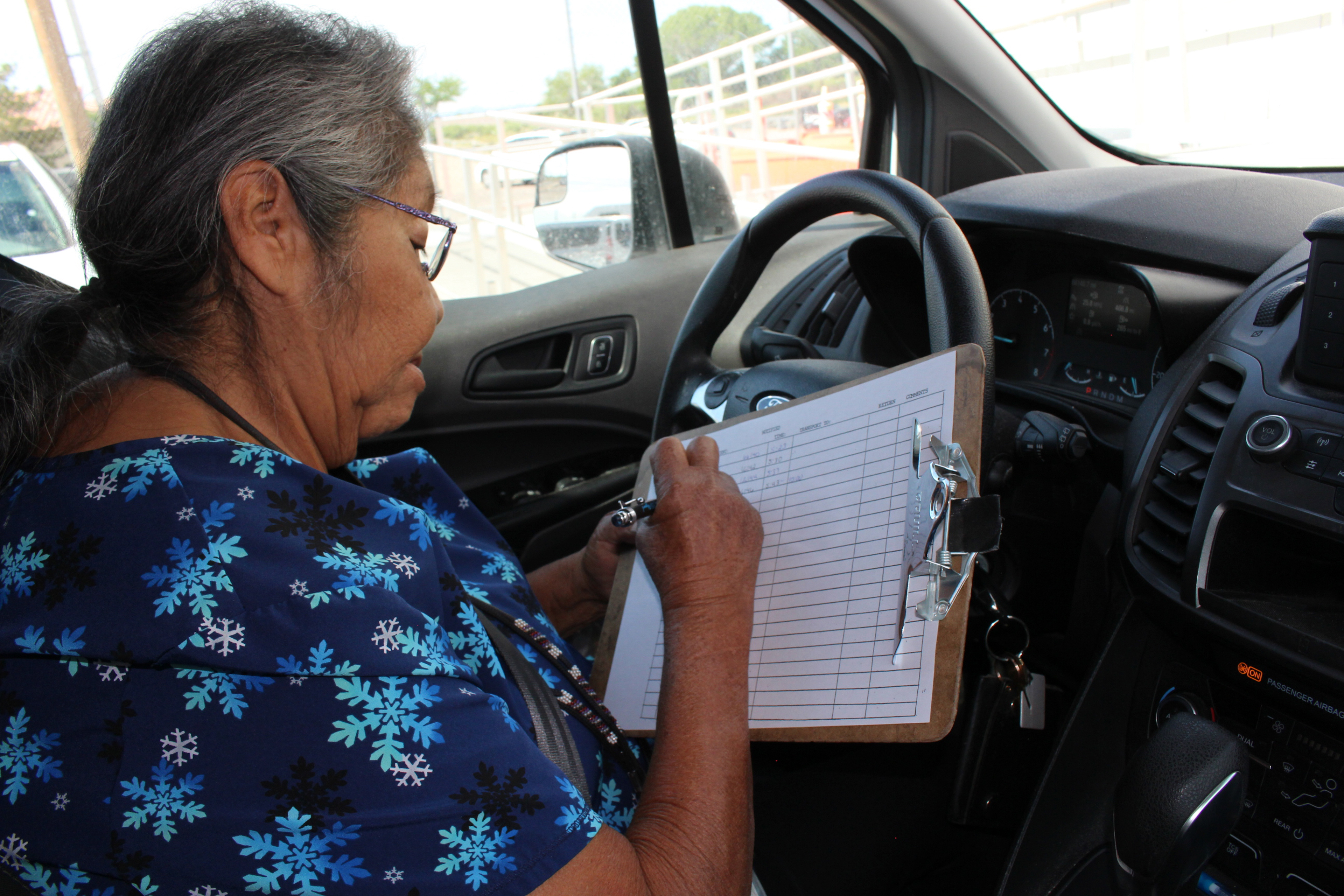FALLON, Nev. — Linda Noneo turned up the heat in her van to ward off the early-morning chill that persists in northern Nevada’s high desert even in late June. As the first rays of daylight broke over a Christian cross on the top of a hill near the Fallon Paiute-Shoshone colony, she drove toward her first stop to pick up fellow tribal members waiting for transportation to their medical appointments.
Noneo is one of four community health representatives for the Fallon Paiute-Shoshone, which the tribe said includes about 1,160 enrolled members. The role primarily involves driving tribal members to their health appointments, whether in Fallon, a city of just under 10,000, or Reno, more than 60 miles west. Noneo said she and her colleagues have also taken patients as far away as Sacramento, California, and Salt Lake City, round trips of nearly 400 and 1,000 miles, respectively.
Public health experts contend the role Noneo and others like her fill is an integral part of ensuring people receive the care they need, especially for chronic illnesses, by helping close gaps in areas with medical provider shortages. Besides transporting patients to their appointments, community health representatives provide health education, patient advocacy, and more. Noneo said she and her colleagues spend a lot of time helping young mothers and elders, checking on the latter, taking them to get groceries, or delivering their medication.
Yet, most state Medicaid programs don’t recognize or pay for services offered by health workers, such as Noneo, who work on tribal lands. That’s despite their work being essentially the same as that of “community health workers” in nontribal communities, a classification many state Medicaid programs cover.
In Nevada, that disparity recently changed when the state began allowing workers on tribal lands to qualify for Medicaid reimbursement as community health workers. Tribal leaders say the Medicaid payments supplement existing personnel funding by covering the individual services the workers provide. That in turn should allow tribes to train and hire more community health representatives, which could expand health and support services for tribal members.
Only two other states, South Dakota and Arizona, treat community health representatives serving Native American populations as eligible for the same Medicaid reimbursement as their similarly named counterparts in nontribal areas, according to Michelle Archuleta, a community health representative program consultant for the federal Indian Health Service. However, she said, the tribes the CHRs work for have not begun billing the states’ Medicaid programs.
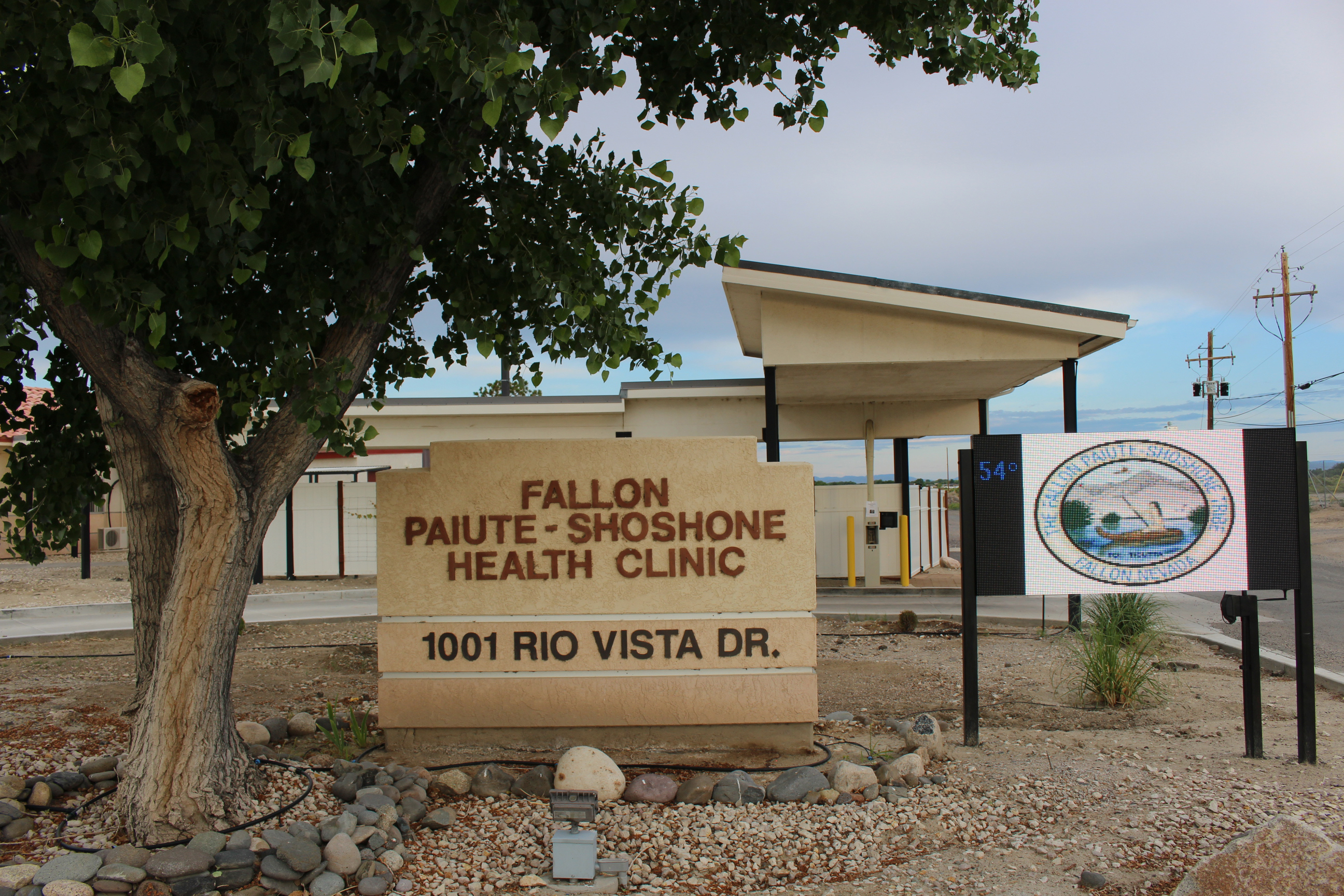
The Community Health Representative program, established by Congress in 1968, is among the nation’s oldest community health workforces. It’s jointly funded by each tribe and the IHS, an agency within the Department of Health and Human Services responsible for providing health care to members of federally recognized tribes. As of 2019, more than 1,600 of these tribal linchpins worked in the United States, according to the IHS.
Last year, the Centers for Medicare & Medicaid Services approved Nevada’s plan to make community health workers who complete training and certification requirements eligible for Medicaid reimbursement when they assist with chronic disease management and prevention.
And in December, leaders with the Nevada Community Health Worker Association helped tribes make sure their community health representatives would receive the necessary training for certification. The association would “fully support” tribal clinics submitting their community health representative training for recognition in the state and it would not require a change to state law, said Jay Kolbet-Clausell, program director for the group. For now, community health representatives are receiving double training to be able to file for Medicaid reimbursement.
Training and certification requirements for community health workers vary widely by state and employer, as workers are often hired by hospitals, local organizations, health departments, or federally qualified health centers. But a movement has been emerging across the country to bring more uniformity to those requirements and formalize the roles, said Sweta Haldar, a policy analyst with the Racial Equity and Health Policy program at KFF.
As part of this process, states are expanding coverage for community health workers under Medicaid. According to a brief Haldar co-authored, 28 of 47 states, and Washington, D.C., reported having policies that allow Medicaid reimbursement for services provided by community health workers. Arkansas, Georgia, and Hawaii did not respond to KFF’s survey.
“There’s a really robust evidence base that is growing every day that community health worker interventions can be effective in reducing health disparities, particularly in communities of color,” Haldar said.
Studies have also shown that community health worker programs are effective in improving health outcomes for people with chronic conditions and that they reduce health care costs.
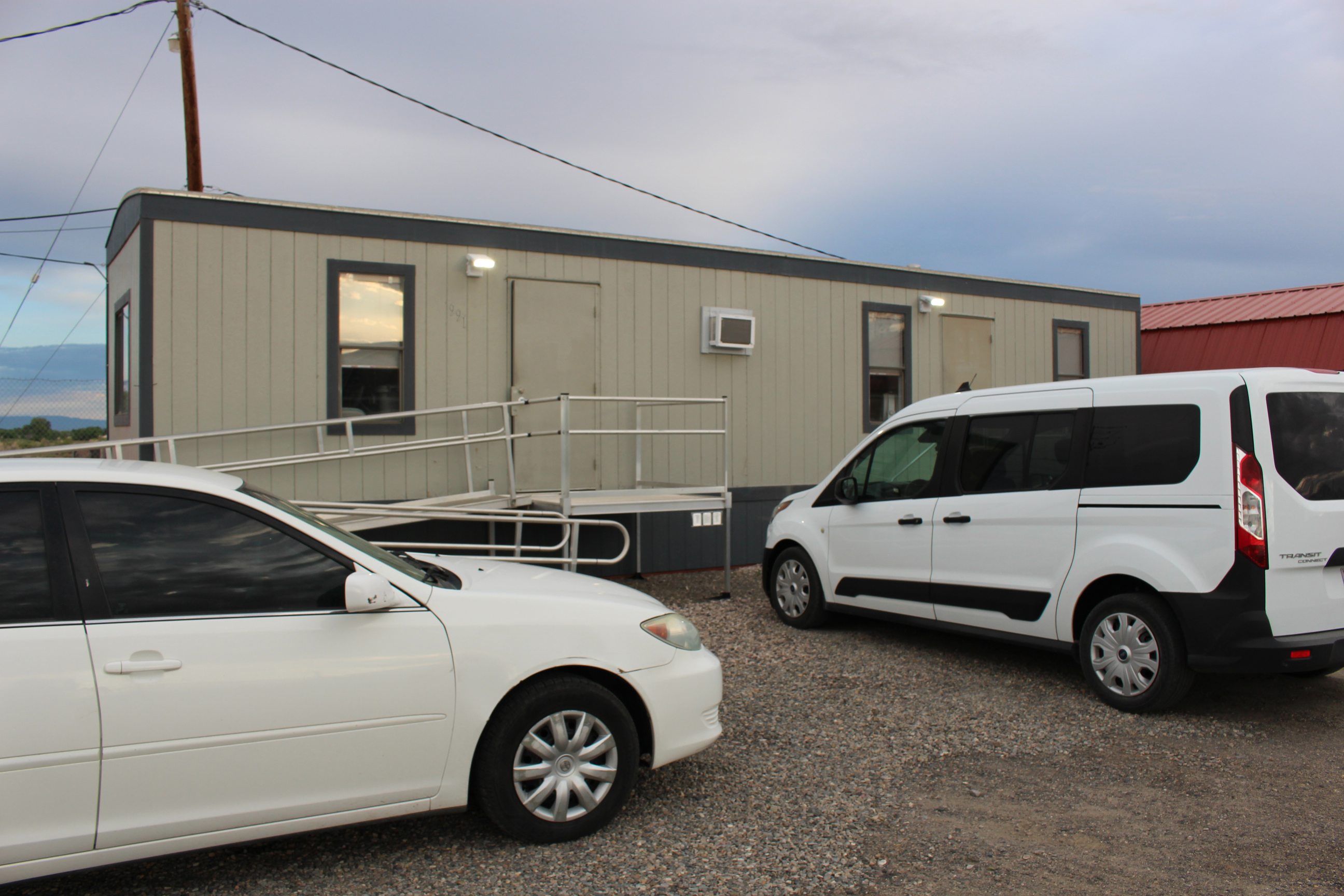
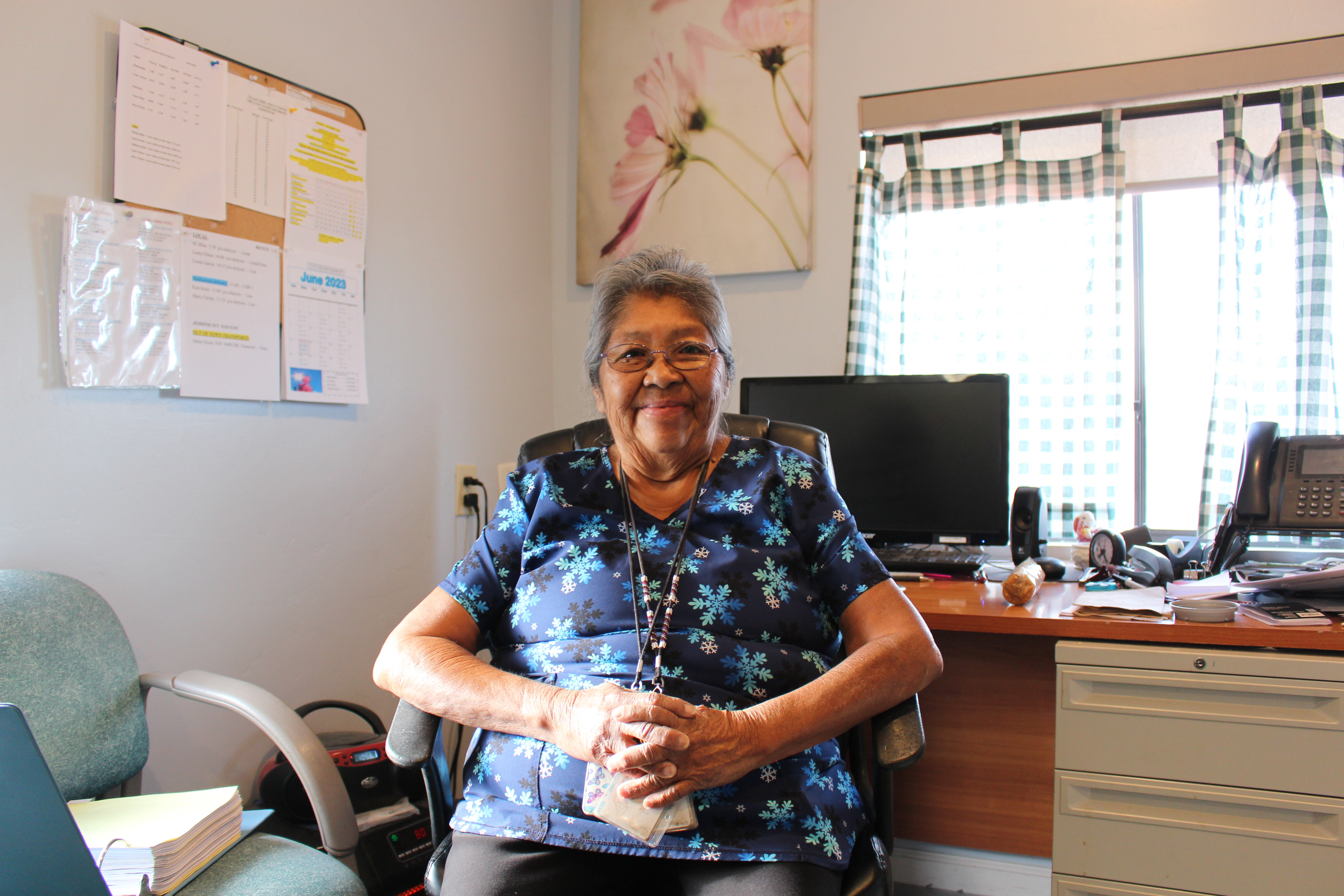
Soon after Nevada implemented its program, about 50 community health representatives completed the requirements. Another cohort of 20 finished the curriculum later, said Kolbet-Clausell. The goal is for those who have completed the recent training to help their peers through it, they said.
Even before the tribal workers were included in the community health workforce, one of its greatest strengths was its diversity, Kolbet-Clausell said. In Nevada, the 2022 student group was made up of greater shares of people who are American Indian or Alaska Native, Hawaiian or Pacific Islander, Black, Hispanic, or from rural areas than the state’s general population. They said it’s likely one of the most diverse health programs in the state.
Community health representatives such as Noneo are typically tribal or community members themselves, which, public health experts say, allows them to connect more easily with the patients they serve and better connect them to health care.
For example, the first person she picked up that June morning was her cousin, who had a 6 a.m. dialysis appointment.
Kolbet-Clausell said they’re optimistic about the growing workforce and the support it’s getting from state leaders.
“Five, six years ago, there was a lot more resistance,” they said, because lawmakers saw the efforts to expand the community health workforce as simply spending more money. “But this actually just benefits rural communities as much as it benefits underserved urban communities. It serves everyone.”
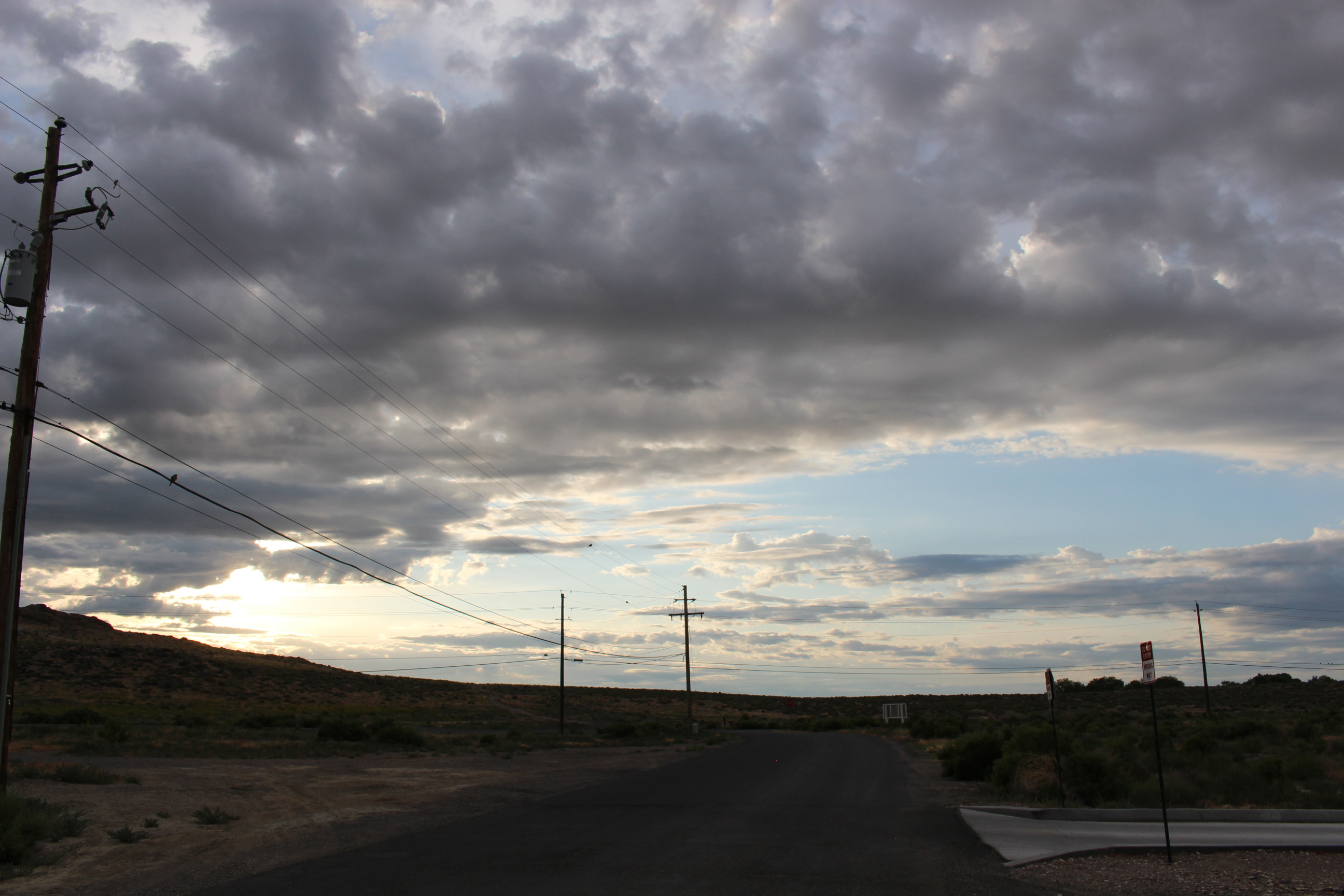
Back in Fallon, Noneo reflected on her 27 years as a community health representative for her tribe as she prepares to retire in September. She has been there with her fellow tribal members through important and hard times in their lives — like driving an expectant mother to Reno to deliver a baby, taking people to receive treatment for mental health crises and addiction, and bringing patients to their dialysis treatments on her week off around Christmas so they wouldn’t miss their appointments.
The most challenging part of the job, she said, is experiencing the loss of someone she has regularly seen and provided years of services for.
“We all have compassion,” she said. “In this kind of job, you have to have that.”
After decades of shuttling patients, Noneo has the work down to a steady and familiar rhythm. Four hours after dropping off her cousin for dialysis, Noneo picked her up at the clinic as she dropped off the next dialysis patient. On a clipboard, she logged the hours and mileage for each appointment.



